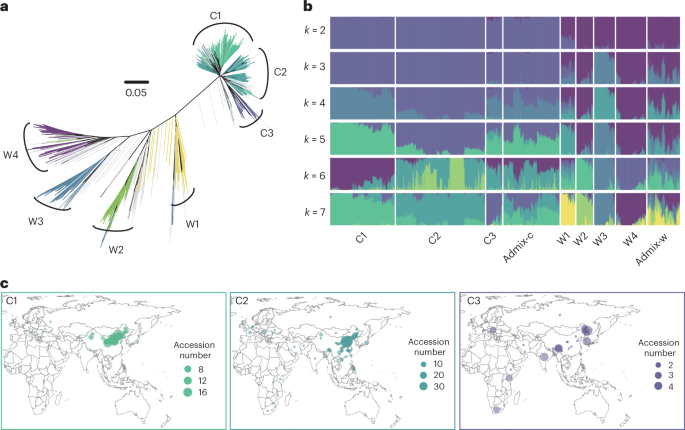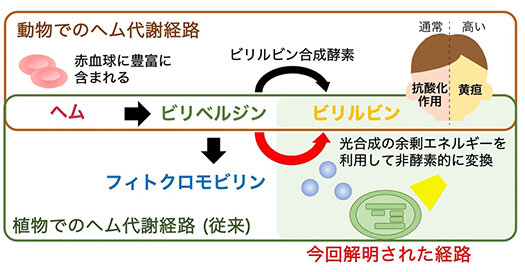2023-06-08 ニューヨーク大学 (NYU)
◆研究では、110の代表的なゲノムを組み立て、遺伝的研究を行い、重要な遺伝子やマーカーパネルを特定しました。また、初のグラフベースのゲノム配列も構築され、生物学研究や育種のための貴重な遺伝的ツールが提供されました。
<関連情報>
- https://www.nyu.edu/about/news-publications/news/2023/june/millet-genome.html
- https://www.nature.com/articles/s41588-023-01423-w
モデル植物アワのグラフベースのゲノムと汎ゲノム変異を解明 A graph-based genome and pan-genome variation of the model plant Setaria
Qiang He,Sha Tang,Hui Zhi,Jinfeng Chen,Jun Zhang,Hongkai Liang,Ornob Alam,Hongbo Li,Hui Zhang,Lihe Xing,Xukai Li,Wei Zhang,Hailong Wang,Junpeng Shi,Huilong Du,Hongpo Wu,Liwei Wang,Ping Yang,Lu Xing,Hongshan Yan,Zhongqiang Song,Jinrong Liu,Haigang Wang,Xiang Tian,Zhijun Qiao,Guojun Feng,Ruifeng Guo,Wenjuan Zhu,Yuemei Ren,Hongbo Hao,Mingzhe Li,Aiying Zhang,Erhu Guo,Feng Yan,Qingquan Li,Yanli Liu,Bohong Tian,Xiaoqin Zhao,Ruiling Jia,Baili Feng,Jiewei Zhang,Jianhua Wei,Jinsheng Lai,Guanqing Jia,Michael Purugganan & Xianmin Diao
Nature Genetics Published:08 June 2023
DOI:https://doi.org/10.1038/s41588-023-01423-w

Abstract
Setaria italica (foxtail millet), a founder crop of East Asian agriculture, is a model plant for C4 photosynthesis and developing approaches to adaptive breeding across multiple climates. Here we established the Setaria pan-genome by assembling 110 representative genomes from a worldwide collection. The pan-genome is composed of 73,528 gene families, of which 23.8%, 42.9%, 29.4% and 3.9% are core, soft core, dispensable and private genes, respectively; 202,884 nonredundant structural variants were also detected. The characterization of pan-genomic variants suggests their importance during foxtail millet domestication and improvement, as exemplified by the identification of the yield gene SiGW3, where a 366-bp presence/absence promoter variant accompanies gene expression variation. We developed a graph-based genome and performed large-scale genetic studies for 68 traits across 13 environments, identifying potential genes for millet improvement at different geographic sites. These can be used in marker-assisted breeding, genomic selection and genome editing to accelerate crop improvement under different climatic conditions.


